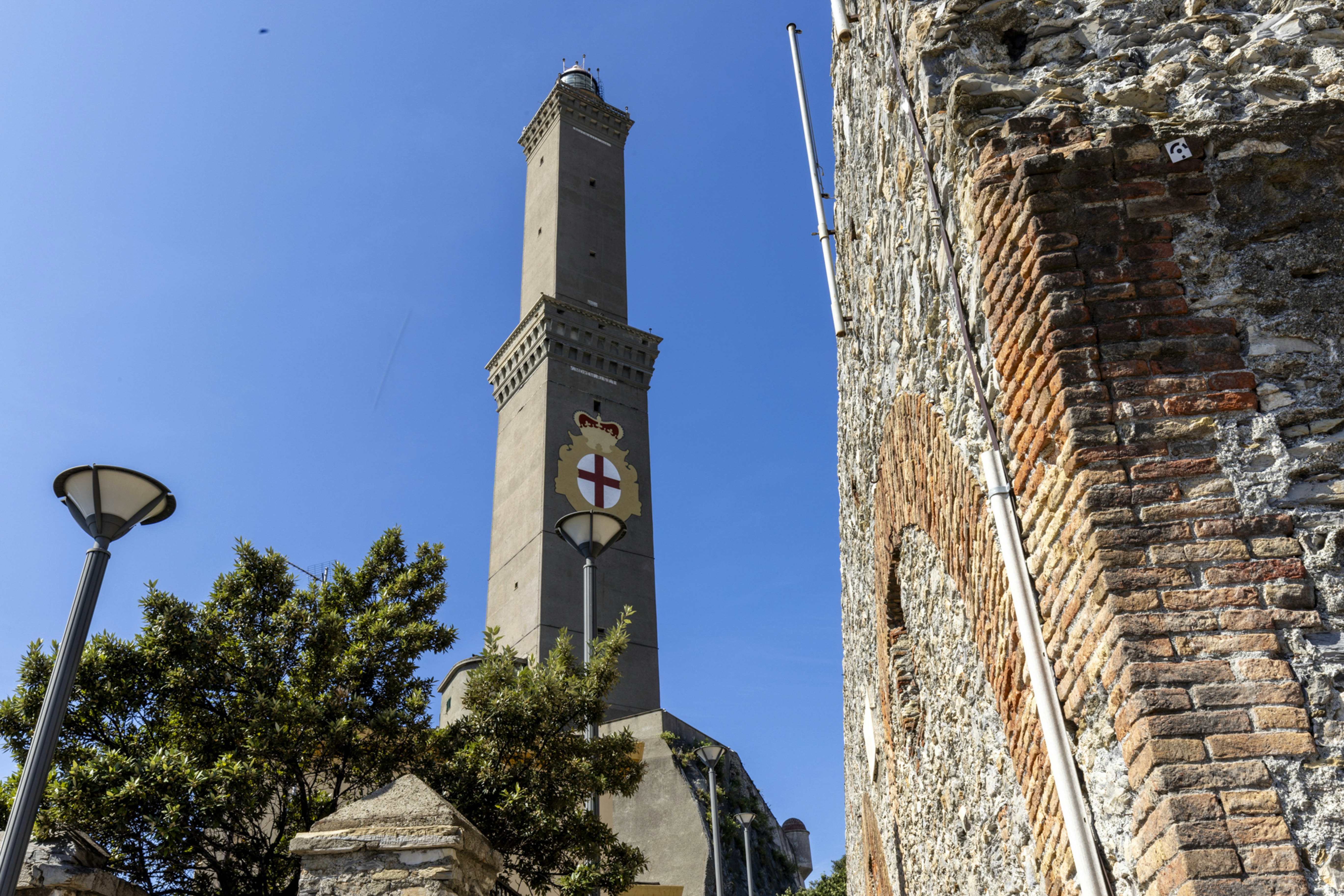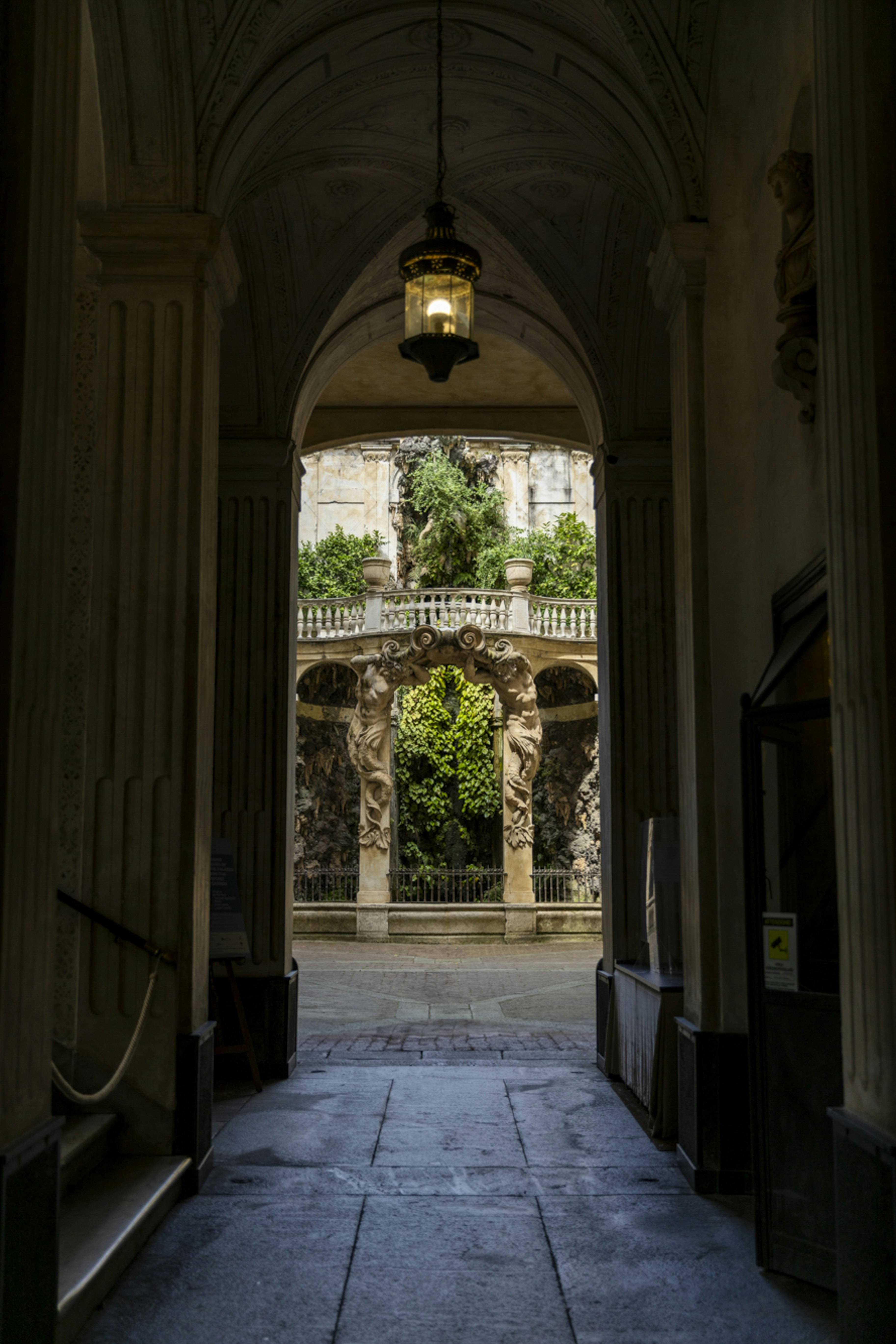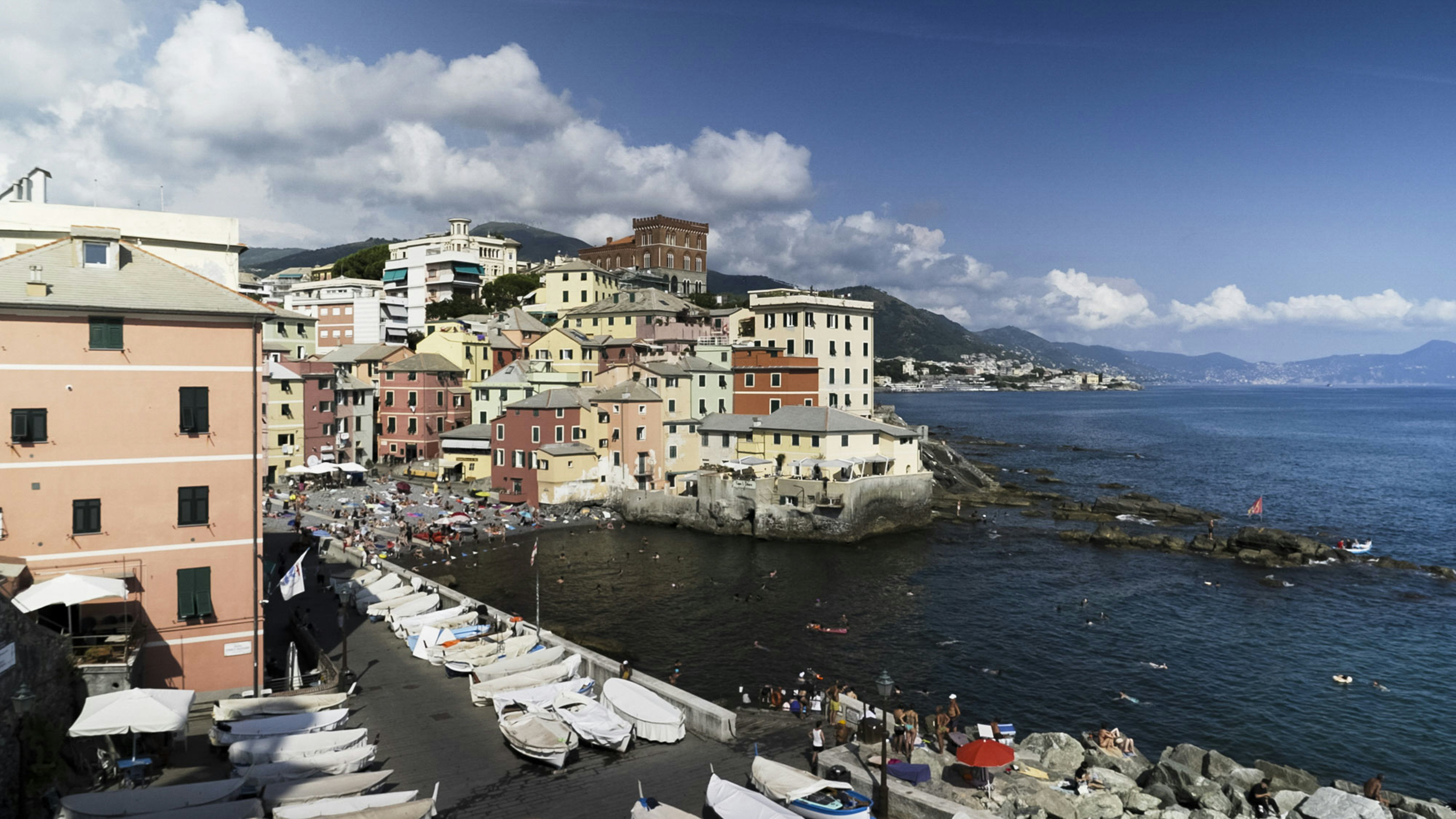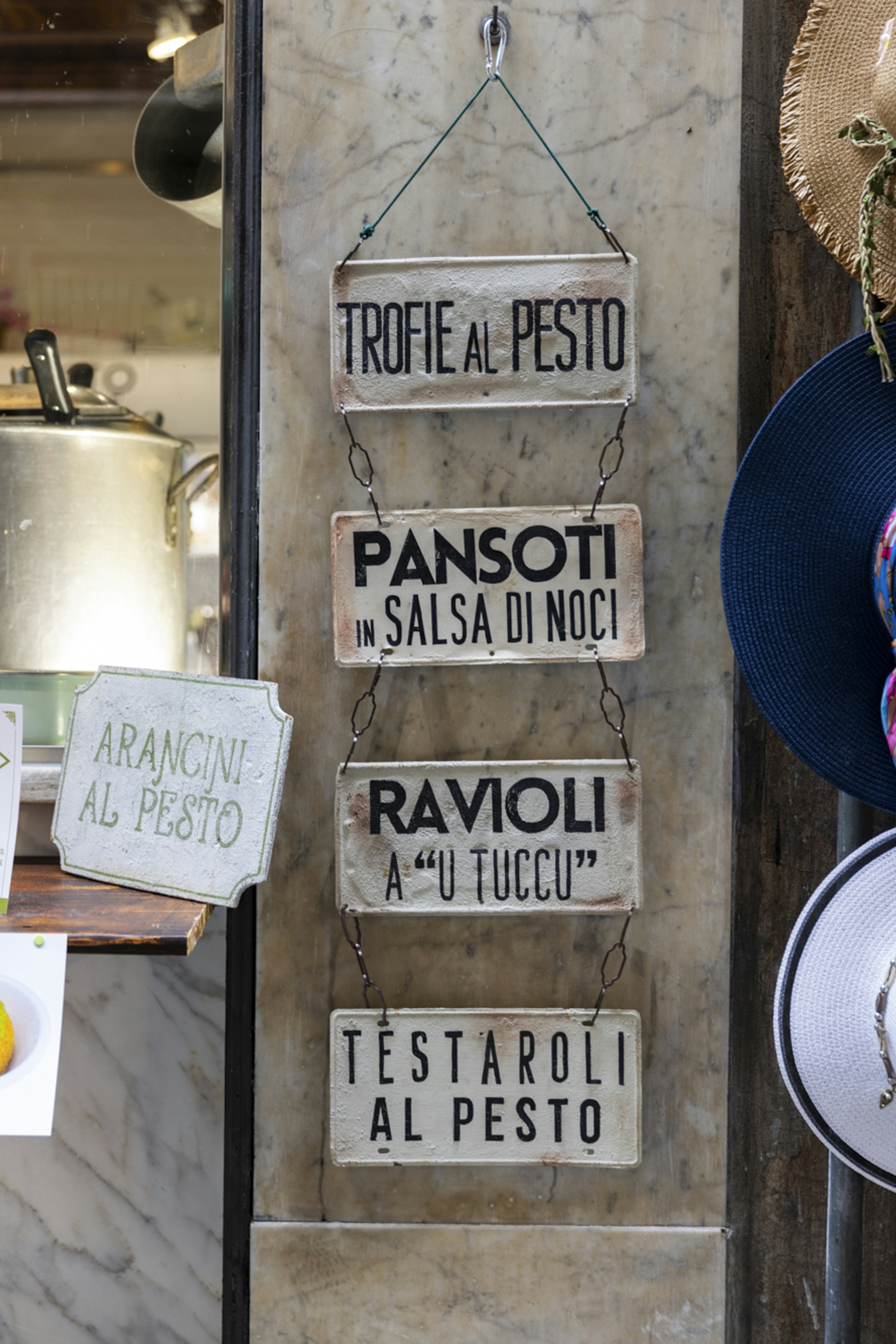
The 30 best countries, cities and regions to visit in 2025
Sponsored by

Jan 17, 2025 • 8 min read

From the Piazza de Ferrari to the “new city,” the parks and the Boccadasse, there’s enough to see and do in Genoa, Italy to fill a long weekend. Tomasz Koryl/Shutterstock
Genoa is often missed on today’s sweeping Italy itineraries. It wasn’t always so. In the 1500s this port city in northwest Italy was one of the richest places in Europe, and a powerful maritime republic. Today, its magnificence remains – everywhere you step are swaggering Renaissance palaces and striking Baroque churches. Sometimes it seems the only down-to-earth thing about the city is its food – this is the street food capital of Italy.
Although I live in Venice now, my family lived in Genoa for generations – and true to my roots, I regularly take the train across Italy to the port that feels like home. Here’s a guide to the ultimate three-day weekend in Genoa.

When to arrive: Friday to Sunday is the best combination for a long weekend break – most museums are closed on Mondays. Hit the Strada Nuova on a Friday and you’ll be able to peek through the doorways of the extravagant palaces.
How to get from the airport: Genoa’s airport is just west of the city center. Catch a bus to Piazza Principe train station and then switch to the metro, but a taxi ride is affordable – and a much quicker journey.
Getting around town: The medieval center is mostly pedestrianized, though taxis are allowed in most of it. If you’re going up into the "new town" or outside the medieval core, there’s a good network of buses as well as the metro running along the coastline.
What to pack: This is a laid-back port so you don’t have to dress up as much as in, say, Florence or Rome. What you will need are good shoes, because this is one of Italy’s most hilly cities. If you plan to take a dip in the sea at Boccadasse, bring a swimsuit, too.
Start with the view that, for centuries, greeted arrivals: the medieval city climbing the cliffside from the Porto Antico – the “old port.” Porto Antico is modern Genoa at its best. There are shops, restaurants and museums, from the city’s world-class Aquarium to the Biosphere, a nature-filled glass "bubble" on the water’s edge. Take a ride up the Bigo – a panoramic lift that looks like a portside crane. You’ll get a gull’s eye view of the sea and the city unravelling beneath you.

Step into those views by walking into Genoa’s UNESCO-listed Old City, said to be the largest intact medieval city center in Europe. Many of these buildings are part of the Palazzi dei Rolli, or Rolli Palaces – mansions deemed so extravagant they were added to a list of homes worthy of housing important dignitaries and visiting royals.
High-end stores are housed in brilliant palazzos where artisans have been setting up shop for centuries. Also make sure to visit San Pietro in Banchi, a jewel of a church seemingly perched on stilts above a row of shops. Lunch should be on the run – try a cone of tiny local fish, freshly netted and chucked in the fryer.

Afterward, follow the winding alleyways up the cliffside before emerging on Via Garibaldi, also known as the Strada Nuova, a pedestrianized street bordered by the city’s grandest palazzos. Get a better idea of how these houses were laid out, and the kind of treasures that were in them, at the Musei di Strada Nuova: three grand palazzos turned into a "scattered" museum. One of them, Palazzo Rosso, has a hidden 17th-century apartment – the love nest of its libertine owner. Palazzo Bianco is stuffed full of art, including works by Genoa-obsessed Rubens, while in Palazzo Tursi you’ll see the violin of Niccolò Paganini, the famed 18th-century violinist.
For a sunset surrounded by beautiful design, take the public elevator from Piazza del Portello to Spianata Castelletto. This elegant neighborhood hoisted high above the old town is a gem in itself, but the elevator – which opened in 1929 – is a jewel of Liberty architecture (essentially Italian Art Nouveau). From here, the views unroll across the slate rooftops of the old town, as the sun gently dips into the Ligurian Sea.

At the bottom of the elevator, to your right is the Strada Nuova; to your left unfurls the “new town” – which in Genoa means after the 1800s. For dinner, get some Genoese and Liguran classics. There’s pasta with pesto, of course (look for trofie made with chestnut flour) and torte (vegetable quiches) – but also traditional dishes, such as tripe stewed with potatoes. In the summer months, tables spill out into the quiet piazzas.
Dominating Piazza De Ferrari, in the heart of Genoa’s new town, the Teatro Carlo Felice is a testament to Genoese tenacity. Bombed in WWII, it was rebuilt “com’era, dov’era” (“as it was, where it was”) and reopened in 1991. The façade is a replica of the original, but inside is a thoroughly modern opera house, with world-class ballet and musical performances.

Italians love their passeggiate (strolls) and Ligurians are all about the sea – so combine the two with a slow stroll along the waterfront to Boccadasse, a teeny fishing village three miles east of the Porto Antico. Starting at Corso Italia, follow the boardwalk eastward, past lavish Liberty-style villas and summertime lidos (public swimming pools – the cliff-cut ones are filled with seawater).
Eventually you’ll hit a tiny cove chomped out of the coastline, with candy-colored houses spilling down the cliffs. This is effectively Genoa’s city beach, so it can get busy on weekends. Stop here for lunch.

Walk back, or take the 42 bus to Piazza De Ferrari. This higher part of town is shopping central, but you’ll also find historic, one-of-a-kind boutiques housed in Belle Epoque splendor.
Next up: churches. Start with the Cattedrale di San Lorenzo, Genoa’s striped cathedral (those black and white stones are the signature of the city’s architecture). Don’t miss the “Holy Grail” in the cathedral museum. It’s a glam emerald-green crystal cup, once thought to be the cup from which Jesus sipped. Today it’s been proven to be of medieval Islamic origin.

Nearby is the Chiesa di San Matteo, decorated by Michelangelo’s pupil Montorsoli and home to the sword (and tomb) of Andrea Doria, Genoa’s legendary unofficial ruler who brought prosperity to the city in the 1500s.
Within a few minutes’ walk you’ll also find frescoes by Rubens in the Chiesa del Gesù, and – my favorite – the Chiesa di San Donato, a rare example of Romanesque architecture. This is part of the Sestiere del Molo, Genoa’s small design hub – one of many successful regeneration projects in the historic center. You’ll find everything from vintage interiors to lamps and vases made from textiles.
Head back toward the cathedral, stopping for an aperitivo in bar-filled Piazza delle Erbe. Try a sei un mi-to, a Campari-based cocktail, as an alternative to a spritz.

Since Genoa is not an overcrowded city, anywhere in the center will be an excellent place to eat. There is everything here from farm-to-table affairs with menus based on slow food produce and ingredients from the surrounding Liguria region, to restaurants based around rich, highly seasonal soups, delicious in every time of year.
Where many other Italian cities turn their heritage into museums and galleries, in Genoa they live it. That’s how you’ll find yourself climbing a sumptuous staircase, or passing statues and columns, to drink cocktails at an utterly unique bar or nightclub.

Time to head into the present. Genoa has always been forward-thinking and the area around Polcevera Park has drawn beauty from tragedy. The Morandi Bridge, a viaduct leading west from the city center, collapsed in 2018, killing 43 people. Today the bridge has been replaced by an elegant Renzo Piano viaduct, while beneath it lies the Park and the Red Circle, a public space designed by Stefano Boeri Architetti.
This is part of a vast regeneration of the Val Polcevera district. Nearby is Certosa, known for its spirit-raising street art. Murals and other pieces can be seen under Piano’s San Giorgio Bridge, and via Maurizio Gregorini’s "On the Wall" project, which has given space to 15 artists across the neighborhood.
Afterward, head back into the city to take a ride on the Righi (or Zecca-Castellaccio) funicular, which will whisk you into the mountains behind Genoa to the Parco delle Mura. Here, 17th-century walls embrace the city from on high, and you’ll find the Castellaccio and Sperone fortresses tottering at nearly 1,500 feet.

Return down on the funicular and grab lunch. Then head west along the waterfront. There’s too much to do here in one day, so you’ll have to choose between Galata Museo di Mare (a fascinating maritime museum), the MEI, Italy’s national museum of emigration which tells the moving stories of hundreds of Italians who left for a better life, or the Villa del Principe, the former out-of-city retreat of Andrea Doria.
On your way back to the center, meander through Palazzo Reale, Genoa’s "royal palace" – constructed in the 1600s for a noble family, but so extravagant that the incoming Savoy royals snapped it up in 1823. Amid artwork by Tintoretto and Van Dyck, don’t miss the Galleria, a mini Hall of Mirrors straight out of Versailles. Outside, on Via Balbi, you’ll find the Ascensore Montegalletto, another public lift, which will whisk you up to the Castelletto district. Here the Castello d’Albertis awaits – a neo-Gothic "castle" built for writer and navigator Enrico d’Albertis, and today an unofficial ethnographic museum, full of souvenirs from his trips around the world.

Toast Genoa farewell with a nighttime rumble around the caruggi (historic alleyways). You’re here to try an after-dinner drink made in the city: Camatti, a century-old amaro (a bitter liquer) voted best in the world in 2023. Like it? You’ll have to return for Corochinato vermouth, a local white wine fortified with 20-something herbs and spices, including absinthe. But save that for your second visit to Genoa – you don’t want to forget your first.
As a travel entertainment and inspirational media outlet, we sometimes incorporate brand sponsors into our efforts. This activity is clearly labeled across our platforms.
This story was crafted collaboratively between Visit Genoa and Lonely Planet. Both parties provided research and curated content to produce this story. We disclose when information isn’t ours.
With sponsored content, both Lonely Planet and our brand partners have specific responsibilities:
Determines the concept, provides briefing, research material, and may provide feedback.
We provide expertise, firsthand insights, and verify with third-party sources when needed.
Plan with a local
